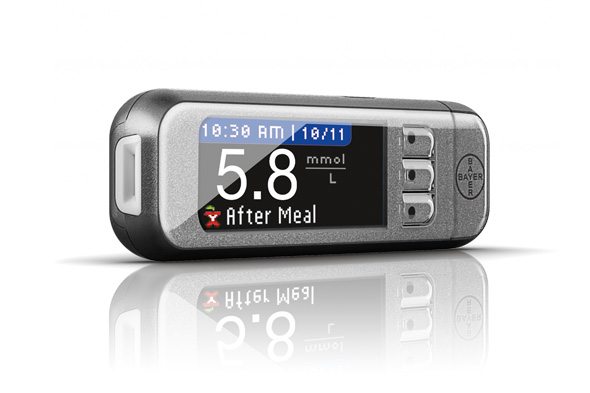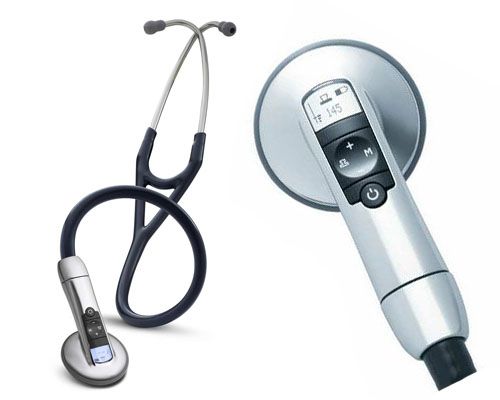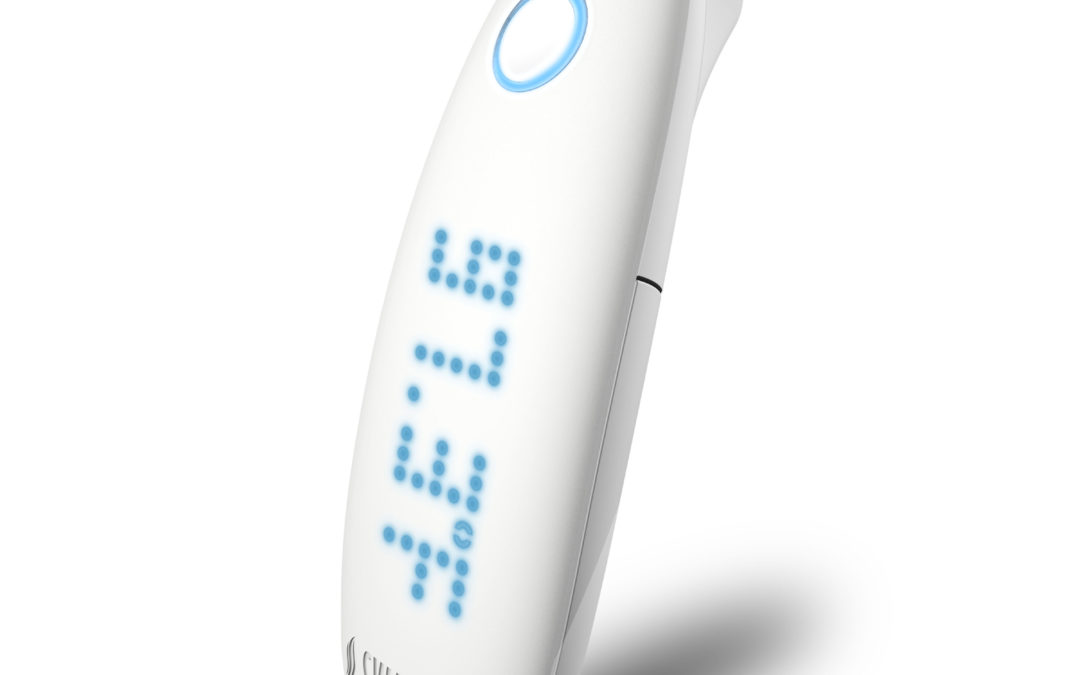Smart medical devices are already supporting many doctors and patients in solving the many challenges of healthcare. Patients don’t have to move between facilities, providers are monitoring treatment adherence more thoroughly, and patients and providers together are intervening before health conditions escalate. These health-related IoT tools are helping providers make better informed care decisions with greater speed and ease. Patients, too, are becoming more educated and engaged in managing their health.
Although the healthcare industry has been slow to adopt many technological advances, smart devices that provide a continuous stream of patient health indicators are becoming more commonplace. Providers and patients now have innumerable IoT-connected tools to improve health outcomes anytime, any place. Below are a handful of devices utilizing smart technology to improve healthcare delivery:
Smart medical devices for doctors
Medtronic
IoT Advantage: Monitoring
Benefit: Enables preventative care
Medtronic’s digital blood-glucose meter measures the glucose levels of patients’ tissue fluids with a sensor that wirelessly connects to patients’ and clinicians’ digital devices. This smart medical device alerts clinicians to adjust a patient’s therapy up to 30 minutes before a patient’s health condition escalates to a critical stage.
 Biotronik
Biotronik
IoT Advantage: Monitoring
Benefit: Enables preventative care
Biotronik’s platform of smart, connected medical devices serve as a complete product system for patient data process and home health-monitoring. Using this system, physicians can remotely monitor the clinical status of patients patients’ smart devices report.
IoT Advantage: Monitoring
Benefit: Enables preventative care
While there are a variety of devices on the market that allow patients and providers alike to monitor glucose levels, Glooko is unique in its ability to receive data from previously non-wireless devices. Physician can receive a summary of their entire diabetic patient population’s glucose levels. Their system can also be configured to deliver customized alerts to physicians depending on the vulnerabilities of individual patients.
Littmann
 IoT Advantage: Monitoring
IoT Advantage: Monitoring
Benefit: Improves efficiency of care delivery
The 3M Littmann® Electronic Stethoscope Model 3200 securely delivers heart and lung sounds to a computer so that patients’ vitals can be shared immediately with healthcare providers. This data can also be saved for future analysis and record -keeping.
Smart medical devices for patients
Cue
IoT Advantage: self-diagnosis
Benefit: Enables preventive care
Cue’s multi-use wand and corresponding cartridge increase the ways that patients can track their own health. With this smart medical device, patients can take their health into their own hands—testing their nasal fluids, saliva and blood.
Quell
IoT Advantage: pain relief
Benefit: Improves quality of care
Quell Relief is worn below the knee like any brace—but its embedded sensors make this device unique. Quell Relief’s embedded technology is two-fold: it automatically adjusts stimulation intensity depending on patients’ activity level, and communicates collected data to a companion app. Both patients and their providers can then use the app to keep track of patients’ progress.
Swaive
IoT Advantage: self-monitoring
Benefit: Enables preventive care
The Swaive Thermometer is an ear thermometer that communicates with a mobile app, wirelessly transmitting temperature data to a tablet or computer. For immediate medical attention, it can send the patient health information it collects directly to physicians.
MobileODT
IoT Advantage: self-monitoring
 Benefit: Reduces cost of care
Benefit: Reduces cost of care
Israel-based MobileODT offers an $1,800 cervical cancer screening tool that connects mobile colposcopes to cell phones, allowing clinicians to quickly take a cervical image that can also be sent out for a second opinion. Their technology, which was trialled with Penn Medicine and Scripps Research Institute, is being used in developing countries that can’t afford a traditional $15,000 colposcope. It will be sold in the US once the company obtains FDA approval.
—
Smart medical devices that lower the cost of care and improve quality of care are being developed at a rapid rate. As the number of Americans receiving access to care and suffering from chronic diseases rise, these tools will become indispensable. It won’t be long until (as with the mHealth market) clinical studies, provider and patient surveys that quantify the impact of these technologies become more common.

